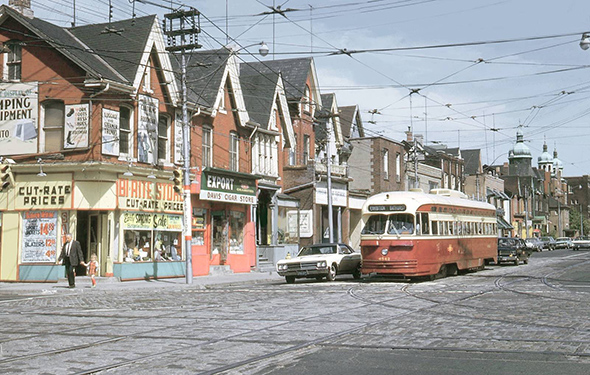In the United States (and Canada)— even in car-minority New York City — our children’s lives are entirely framed by the automobile.
And most often, their deaths are framed by them, too.
In the U.S., of course,
motor vehicle crashes are the leading cause of death of children up to age 19. Yet all too often, parents say they drive their children around — to school, on errands, to recreation — to keep them safe.
Reminder: if the roads aren’t safe for our kids, it’s because of the
drivers, not the roads.
The roads aren’t going away any time soon, so clearly we need to use them better, so parents can feel safe letting their kids walk or bike to school — which is where Streetfilms comes in.
Yes, we sent the Orson Welles of the streets, Clarence Eckerson Jr., to Amsterdam for yet another primer on how basic, short-haul transportation is handled in countries that care about their children’s lives.
Take a moment to watch — and picture how it could be here, if we had proper leadership and the political will to put cars back in their place: away from our kids.






